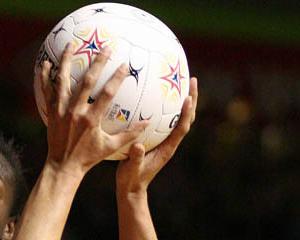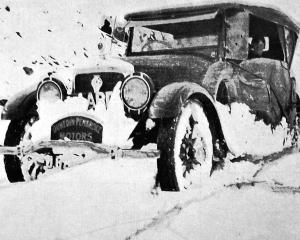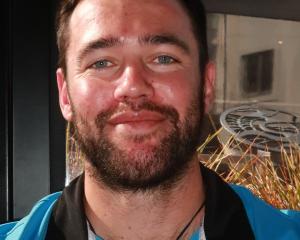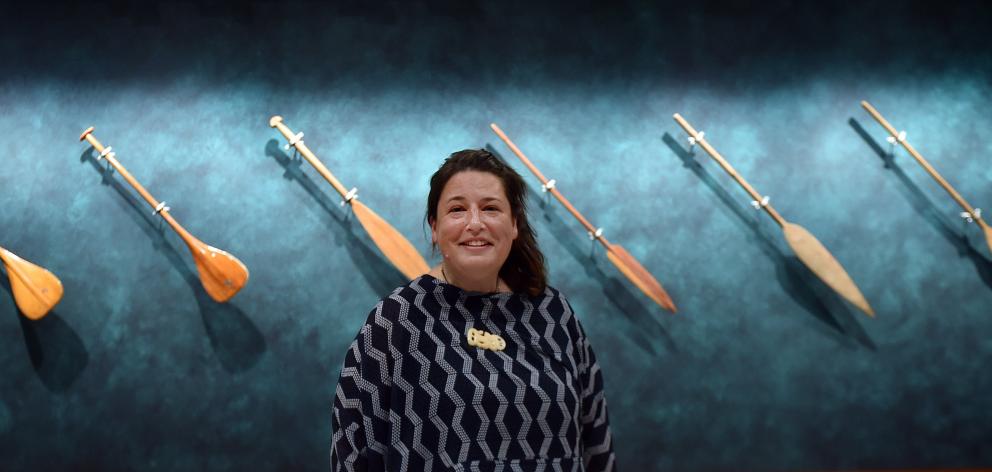
In a first for the Hocken Collections a waka has been installed in its foyer as part of the exhibition ‘‘Ruruku: An exhibition by Hauteruruku ki Puketeraki waka club’’, Rebecca Fox writes.
‘‘She just glides so beautifully.’’
Having been lucky enough to take part in Kuramātakitaki’s dawn maiden voyage, Jacinta Beckwith (Ngāti Porou, Ngāti Kahungunu) can attest to the waka’s movement on water.
However, that first sail out into the open water was not without some apprehension for the crew from Hauteruruku ki Puketeraki waka club who had spent two years creating the tradition-inspired vessel from scratch.
‘‘We were all nervous that she would float. And she did. And she just really holds herself really well. It’s a really amazing experience.’’
Beckwith first became involved in the Karitane community through the Ki Uta ki Tai native plant restoration project with Puketeraki marae back in 2018. On one stay on the marae, she had the opportunity to go out on a waka with the club.
‘‘That community vibe is very [much a] part of their kaupapa, inviting everyone in to join in and experience what it is like being out on the water.’’
Beckwith loved the experience so much she has been involved with the club ever since. She has crewed on other waka such as the double-hull waka hourua Hinemoana, from the national waka festival, Te Hau Komaru, at Kaiteretere, to Whakaraupō (Lyttelton) in April last year.
‘‘It was like nothing I had experienced before, just joyous being out on the water and very restorative. It made me think a lot about our ancestors when they came here on their waka. Seeing the stars and seeing the land from the perspective of being out on the water was just amazing.’’
So when she became the head curator Māori at Hocken Collections in 2023 and was invited to produce an exhibition her first thought was of Hauteruruku ki Puketeraki and creating a community-led exhibition.
She took the idea to the club, which had previous experience installing a smaller waka Hauteruruku in the University of Otago’s central library many years ago.
‘‘It really drew people in.’’
So despite the space being smaller at the Hocken, the club were keen to do it again and the work began. What has become known as the Ruruku project received funding through the Coastal People: Southern Skies, National Centre of Research Excellence.

Western red cedar, known as the tree of life, was selected for use in the hulls as it connects the waka to Pacific Rim North America. Other woods such as Atlantic cedar, Canadian oregon, native beech, Fijian and native kauri, rimu, Pacific hardwood meranti and Australian hardwood were used as well.
The materials were all cut, joined, carved, sanded and sealed using contemporary methods by volunteers from the community and the club over many weekend workshops.
‘‘We’ve all shared skills, or for me, learnt lots of skills, like fiberglassing, there’s been a lot of sanding.’’
It is designed for coastal voyaging and can be paddled or sailed or both.
On May 19 the finished waka was sailed down Otago Harbour and then taken on a trailer to its temporary home in the Hocken foyer as the centrepiece of the exhibition ‘‘Ruruku: An exhibition by Hauteruruku ki Puketeraki waka club’’.
‘‘The great thing about the waka is people are able to touch it. So this is like a living exhibition. People can touch the waka. People can get on the waka, two at a time, take photos with the waka. So it’s different from the idea of not being able to touch artwork.’’
To continue the living theme, there will be a group of weavers making a sail from harakeke (flax), inspired by the traditional waka sail ‘‘Te Ra’’ returned to New Zealand in 2023 on loan after being in the collection of the British Museum for 200 years.
Hauteruruku ki Puketeraki co-founder Suzi Flack says Te Rā Ringa Raupa has been teaching experienced weavers of Whiria Ka Aho ki Puketeraki how to weave their own sail using traditional fibres and materials, relearning a lost practice. These weavers will then be able to teach others so this mātauraka (knowledge) is not lost again.
‘‘The materials, harakeke, kiekie, feathers and techniques, learning a new pattern, using the right cultivars, making muka for the ropes - it’s important to share so these new skills aren’t lost again.
‘‘Like building a waka, weaving a sail is a journey. We laugh when we thought weaving whaariki [sleeping mat] was a big job, and it was, but this is even bigger.’’
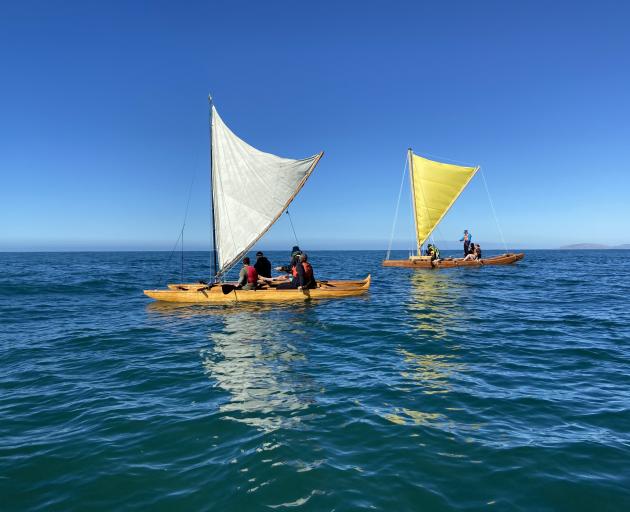
‘‘We have photographs from the waka build days and photos from the launch. She launched it in February this year. And then photos from the club, from the building of the first hull of the first waka in 2010.’’
The first waka built by the club was Hauteruruku, followed by Hiwa-i-te-rangi, and then Kuramātakitaki. But the club’s activities also include using waka unua, waka ama, stand-up paddle boards and a Happy Cat sailboat brought to life by Ewan Duff.
Beckwith says they have built relationships with different voyaging societies so the exhibition celebrates those waka connections, both throughout New Zealand and overseas.
The exhibition includes photographs from Te Hau Komaru which the club took part in.
‘‘What is great is having these little waka in on the water and among the big waka, enjoying that bigger waka whanau.’’
There is also koha that has been given to the club over the years including six paddles, an anchor stone and waka ceramics by artist Phyllis Smith.
A series of artworks made by a group of rangatahi and local artist Simon Kaan back in the late 1990s that depict the story of the coastline are being hung along with works of different waka from around the Pacific including 13 watercolour prints by Hawaiian artist and historian Herb Kawainui Kane.
‘‘They show the connections. They’re of different waka from different Pacific places, including Hokule’a. Hokule’a, was built or finished in 1975. It’s been the 50th anniversary of this waka this year, and it was the big inspiration for the waka revitalisation. So he was the designer for that.’’
One of his artworks depict New Zealand scenes including a waka and a weaver.
‘‘So it celebrates waka kaupapa, waka taonga and waka connections throughout Aotearoa and the Pacific.’’
Hauteruruku ki Puketeraki’s journey began as a result of the revival of traditional navigation and sailing spear headed by Te Toki Voyaging about 15 years ago where there was an opportunity for Ngāi Tahu whanau to come together and sail as an iwi.
Puketeraki kaumātua Hinerangi Ferrall-Heath’s vision was to establish a club, so with Flack and husband Brendan Hauteruruku ki Puketeraki was formed with the aim to get whanau out on the water in a fun, safe way.
Some whanau joined Fire in Ice waka ama club to learn paddling and steering and competed in a regatta.
‘‘Gradually we grew towards being more kaupapa Māori than competitive,’’ Flack says.
They also began to build their own waka, bringing together people with different skills and interests.
Its first job was to build a roof over its waka shed.
‘‘At its heart is the build but what also grows are the relationships and connections made along the way.’’
Now the waka is complete members will continue to learn how to sail it, water safety measures and how to look after it.
Having the waka and other club taonga exhibited at the Hocken is a celebration of what the club has achieved during the past 15 years and the people involved, Flack says.
‘‘We hope that those who have been involved with the waka over the years - whether as club members or through time spent on the water with us - will come and reconnect.’’
TO SEE:
• Ruruku: An exhibition by Hauteruruku ki Puketeraki waka club
Hocken Gallery, until August 2.
• Ruruku Waka Workshop, June 28, 11am.


